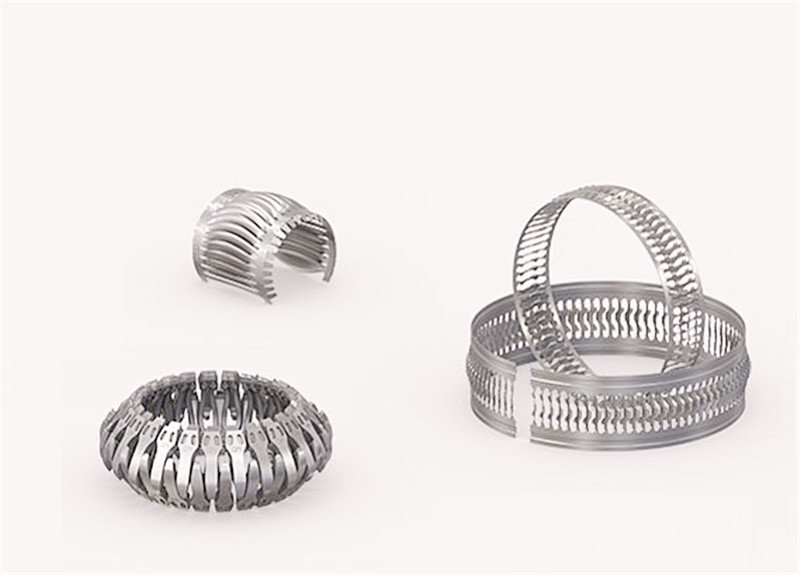about us
News Center
Your current location:Home - About us - News center
Electroplated
silver
Silver is
a precious metal. It has the highest conductivity and thermal conductivity of
all metals. Silver has a high affinity for sulfur-containing gases. As a
result, traces of hydrogen sulfide, by forming silver sulfide, are sufficient
to discolor (darken) the silver, resulting in a smooth and very thin layer.
This layer is removed when the contact is inserted and pulled out, or when it
can be electrically decomposed by higher voltage and current (so-called
"sintering"). This passivation of the top of the silver surface
produces very low contact resistance for a long time. In the case of very low
current or voltage, the silver sulfide layer can not be penetrated by electric
shock, so there will be a small change in the transmission signal. Therefore,
silver is mainly used for high current contact.
Silver plating is the most commonly used coating for conducting electricity and waves in electronic products. Because silver plating is a precious metal plating, the consumption of silver and silver salt is an important index to be controlled. +In the military standard of electronic industry of China, metal plating and chemical treatment of electronic equipment (SJ + 20818-2002), the thickness requirements of silver plating on copper can be divided into indoor and outdoor ones, with indoor requirements of 8 Hong m and outdoor requirements of 15 Hong M. The thickness requirements of silver coating on aluminum and aluminum alloy and plastic are the same as that on copper base, but the requirements for the bottom coating are different according to different base materials and service environment.
This requirement is basically consistent with the international regulations on the thickness of silver plating. In the Japanese industrial standard (JIS) h0411 test method for silver coating, the coating thickness is divided into seven grades & OQ = the most commonly used coating for conducting electricity and waves in electronic products is silver plating. Because silver plating is a precious metal plating, the consumption of silver and silver salt is an important index to be controlled. According to the military standard of China's electronic industry "metal plating and chemical treatment of electronic equipment" (sjb8220818-2002), the thickness requirements of silver plating on copper can be divided into indoor and outdoor two types. The indoor requirements are 8 Hong m and the outdoor requirements are 15 Hong M. The thickness requirements of silver coating on aluminum and aluminum alloy and plastic are the same as that on copper base, but the requirements for the bottom coating are different according to different base materials and service environment. This requirement is basically consistent with the international regulations on the thickness of silver plating. In Japanese industrial standard (JIS) h0411 test method for silver coating, the coating thickness is divided into seven grades
